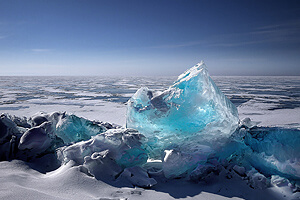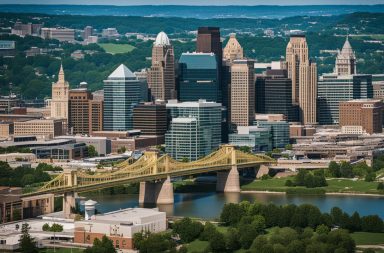Biodiversity, by definition from the word bio which means life and diversity, generally means the variety of life on earth or a certain environment. Climate change, on the other hand, is a change in the climate patterns of the earth or its region. Climate change and Biodiversity have both been linked together. The rapid change in climate affects a lot its biodiversity, for instance, ecosystems and the ability of species to adapt to certain changes.
Climate change affects almost everything on Earth including biodiversity. One of the greatest impacts on biodiversity is the loss of Ice in the Arctic. By this, the amount of Carbon Dioxide (CO2) increased and the oceans are more acidic up to 30% before the industrial revolution. Cold oceans hinder the development of marine wildlife. Just to name a few, coral reefs, oysters, crabs, snail, and plankton.Higher CO2 can also contribute to temperature spikes, with this species isbe physiologically be affected, for instance, the endemic species in the tropical rainforests of Queenslandwarmer called the green ringtail possum. These creatures don’t have the ability to control their body temperature when it rises above 30°C. In the human perspective and to plant life, climate change has its own benefits. In the aspect of farming the rise of CO2 in the atmosphere benefits plant species thus, this can be good for farmers.
 In 2012, the arctic just had a record-breaking ice melt with its area of 4 million km2 by the end of September 2012 compared to its historical average of 7 million km2. Climate change is getting faster and more severe in the Arctic and the rest of the world. These shifts in temperature, which brings the average above freezing point can alter the region completely. This event is what affects the biodiversity of the whole world and is an eye catcher to world organizations that monitor the status of our planet. With the Ice melt, the effects are not just on the arctic area, but rather in the whole world. Sea Ice, for instance, helps prevent extreme hot temperatures on the planet by reflecting some heat back to space, melting sea ice means lesser heat is reflected back thus there will be an increase to the average world temperature. With this cold areas will tend to get hotter and species who live in cold areas will have a hard time to adapt and eventually disappear. In the tropical regions, rising temperature can also cause droughts and plant life and wildlife will experience the change. For example, as seen in South Western Australia heat waves had an effect on the marine ecosystems biodiversity in the summer of 2010 and 2011. Warmer sea temperatures leads to the migration of manta raysandwhale sharks further south than the usual.
In 2012, the arctic just had a record-breaking ice melt with its area of 4 million km2 by the end of September 2012 compared to its historical average of 7 million km2. Climate change is getting faster and more severe in the Arctic and the rest of the world. These shifts in temperature, which brings the average above freezing point can alter the region completely. This event is what affects the biodiversity of the whole world and is an eye catcher to world organizations that monitor the status of our planet. With the Ice melt, the effects are not just on the arctic area, but rather in the whole world. Sea Ice, for instance, helps prevent extreme hot temperatures on the planet by reflecting some heat back to space, melting sea ice means lesser heat is reflected back thus there will be an increase to the average world temperature. With this cold areas will tend to get hotter and species who live in cold areas will have a hard time to adapt and eventually disappear. In the tropical regions, rising temperature can also cause droughts and plant life and wildlife will experience the change. For example, as seen in South Western Australia heat waves had an effect on the marine ecosystems biodiversity in the summer of 2010 and 2011. Warmer sea temperatures leads to the migration of manta raysandwhale sharks further south than the usual.
By this, the Earth’s climate will continue to change and have its effects on biodiversity. The planet will still further warm up as time goes by and to some species it may not have a drastic effect on them. Primarily microorganisms and invertebrates due to short generation times. They may be able to adapt to these changing conditions or in response might be able to evolve. On the other hand, too many species especially to those who inhabit climatic envelopes, they may find it challenging to adapt to the change and could pose a great threat to their existence.


